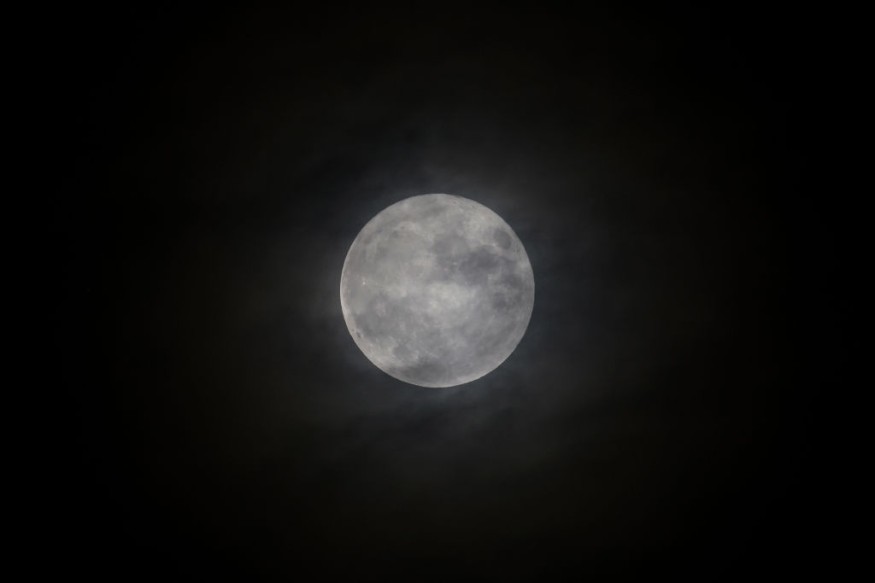The October full moon is also known as Hunter's moon, which is named in recognition of the rituals of fall. Other names also include Travel Moon, the Dying Grass Moon, the Sanguine Moon, or the Blood Moon. But whatever the name is, it will rise once again this weekend.
According to Inverse, the full moon will reach its peak illumination at 4:54 pm ET (8:54 pm UTC) on October 9. Although it will already appear bright and full the night before and the night after, giving humans more chances to bask in its bright light for a couple of nights. Not only that, skywatchers will have the chance to see the full moon happening on the same day as the Draconid meteor shower.

Hunter's Moon Explained
NASA previously reported that the earliest record of the term Hunter's moon was in 1710 in the Oxford English Dictionary. The Moon is also mentioned in the 1930s in a publication that is now known as the Old Farmer's Almanac.
The full moon in October is a clear reference to hunting season in which animals are in their plumpest and the fields have been harvested as leaves start to fall from the trees. It becomes easier for hunters to hunt as the vegetation becomes sparser.
The Old Farmer's Almanac also had a record of traditional Native American names for every full moon of each month. The October full moon has many names depending on which tribe.
The Hunter's Moon follows one lunar phase after the Harvest Moon that happened on September 10 this year. It is the first full moon following the Harvest Moon, which means the Hunter's Moon could occur in either October or November. But this year, it will be on this weekend.
Draconid Meteor Shower Also Peaking on October 9
The Draconid meteor shower typically does not put on some glitzy display as the Perseids meteor shower, but experts said that there is a chance that this year could be different. Draconid shows up with a storm that gives skywatchers many meteors to see every hour and this year is truly rare as it will peak on the same night as the Hunter's Moon.
NASA explains that the full moon will try to take the limelight of Draconids this year, but the meteor shower will remain as interesting because of the origin story of the comet.
According to EarthSky, the Draconids meteor shower was not reported until the 21st century when French astronomer Michel Giacobini found the comet that generates the meteor. The German astronomer Ernst Zinner reconfirmed its existence in 1913, which is why it was originally named as 21P/Giacobini-Zinner. The comet has a 6.6-year orbit around the Sun and will make its close approach in March 2025.
How To See the Hunter's Moon and Draconid Meteor Shower
LiveScience reports that the best time to watch the Hunter's Moon is around sunset when the Moon could be seen rising from the horizon. At that moment, the Moon is at the low end of the sky and may appear larger and brighter than usual because of the moon's illusion.
This well-known optical illusion makes the brain perceive the Moon as larger when it rises near smaller objects, such as skyscrapers or trees, compared to when it is high in the sky.
The Moon will partially outshine the Draconid meteor shower, but it will be best visible in the northern hemisphere. The best time to see them is at around 2:00 am and wait for 20 minutes to let the eyes adjust to the darkness. Telescopes and binoculars are optional as the meteor shower could be visible to the naked eye.
Check out more news and information on Space in Science Times.
© 2026 ScienceTimes.com All rights reserved. Do not reproduce without permission. The window to the world of Science Times.










